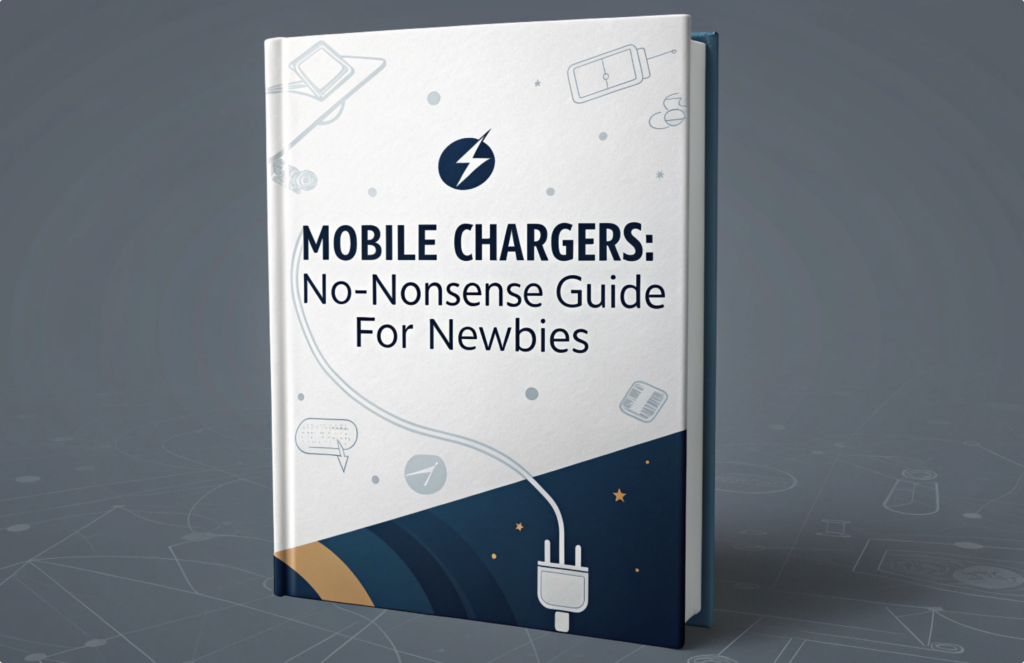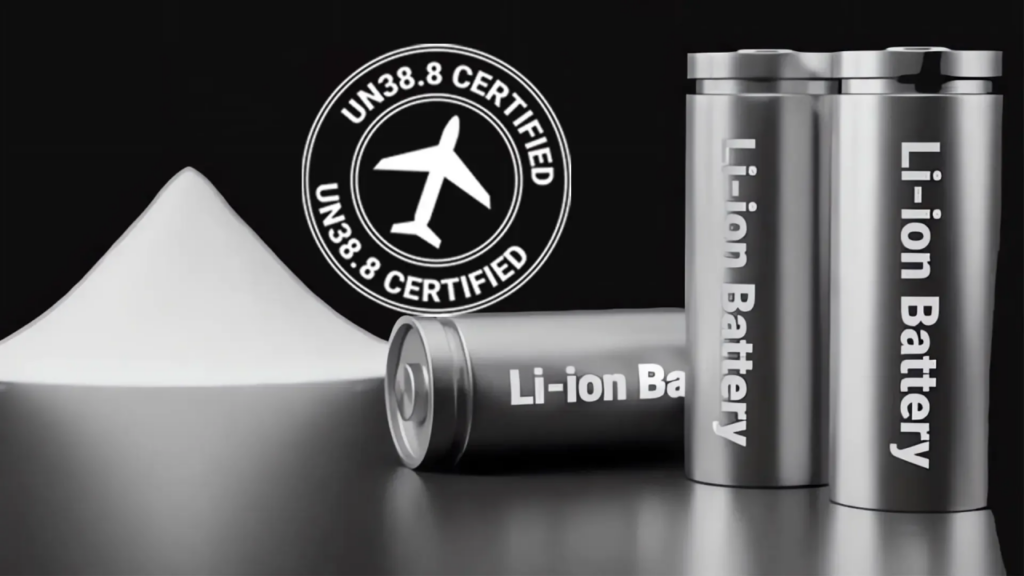
In our modern world, batteries power many aspects of our daily lives, from smartphones and laptops to electric vehicles and renewable energy storage systems. However, despite their ubiquity, batteries are not immune to damage, especially when subjected to improper charging practices. One such common concern is overcharging, a phenomenon that can have detrimental effects on battery performance, longevity, and safety. In this article, we delve into the intricacies of overcharging and explore the potential consequences it can entail.
Understanding Overcharging
Before delving into the effects of overcharging, it’s essential to understand what it entails. Overcharging occurs when a battery continues to receive charging current beyond its maximum capacity or voltage threshold. In simpler terms, it’s like trying to fill a glass with water even after it’s already full – excess charging can lead to unwanted consequences.
Consequences of Overcharging
Reduced Battery Lifespan
One of the most significant impacts of overcharging is a shortened battery lifespan. When a battery is subjected to prolonged overcharging, it undergoes a process known as “cycling,” wherein it repeatedly charges and discharges. This continuous cycling accelerates the degradation of the battery’s internal components, such as electrodes and electrolytes, leading to a significant reduction in its overall lifespan.
Loss of Capacity
Over time, overcharging can cause irreversible damage to the battery’s chemistry, resulting in a loss of its charge-holding capacity. This means that the battery will be able to store and deliver less energy, translating into decreased runtime for devices and reduced overall performance.
Increased Heat Generation
During overcharging, the excess electrical energy is converted into heat instead of being stored in the battery. This excessive heat buildup can lead to thermal runaway, a phenomenon where the battery’s temperature increases uncontrollably, potentially resulting in swelling, leakage, or even combustion in extreme cases.
Safety Risks
Overcharging poses significant safety risks, especially in lithium-ion batteries commonly found in smartphones, laptops, and electric vehicles. As the battery approaches its maximum voltage threshold, the electrolyte inside can undergo decomposition, releasing flammable gases and increasing the risk of thermal runaway and fire.
Loss of Performance
Overcharged batteries may also exhibit diminished performance characteristics, such as increased internal resistance and voltage sag under load. This can manifest as slower charging times, reduced power output, and overall poor efficiency, negatively impacting the user experience.
Preventing Overcharging
To mitigate the risks associated with overcharging, it’s essential to adopt safe charging practices:
- Use chargers specifically designed for your device and compatible with its battery chemistry.
- Avoid leaving devices plugged in for extended periods after they reach full charge.
- Invest in smart chargers or devices equipped with built-in battery management systems that prevent overcharging.
- Periodically inspect batteries for signs of swelling, leakage, or other abnormalities, and replace them if necessary.
- Follow manufacturer recommendations regarding charging times and conditions to maximize battery longevity and safety.
Overcharging is a prevalent yet avoidable issue that can have serious implications for battery health, performance, and safety. By understanding the risks associated with overcharging and adopting safe charging practices, we can prolong the lifespan of our batteries, optimize device performance, and minimize the likelihood of accidents or malfunctions. Remember, when it comes to batteries, a little caution goes a long way in ensuring reliable and trouble-free operation.









